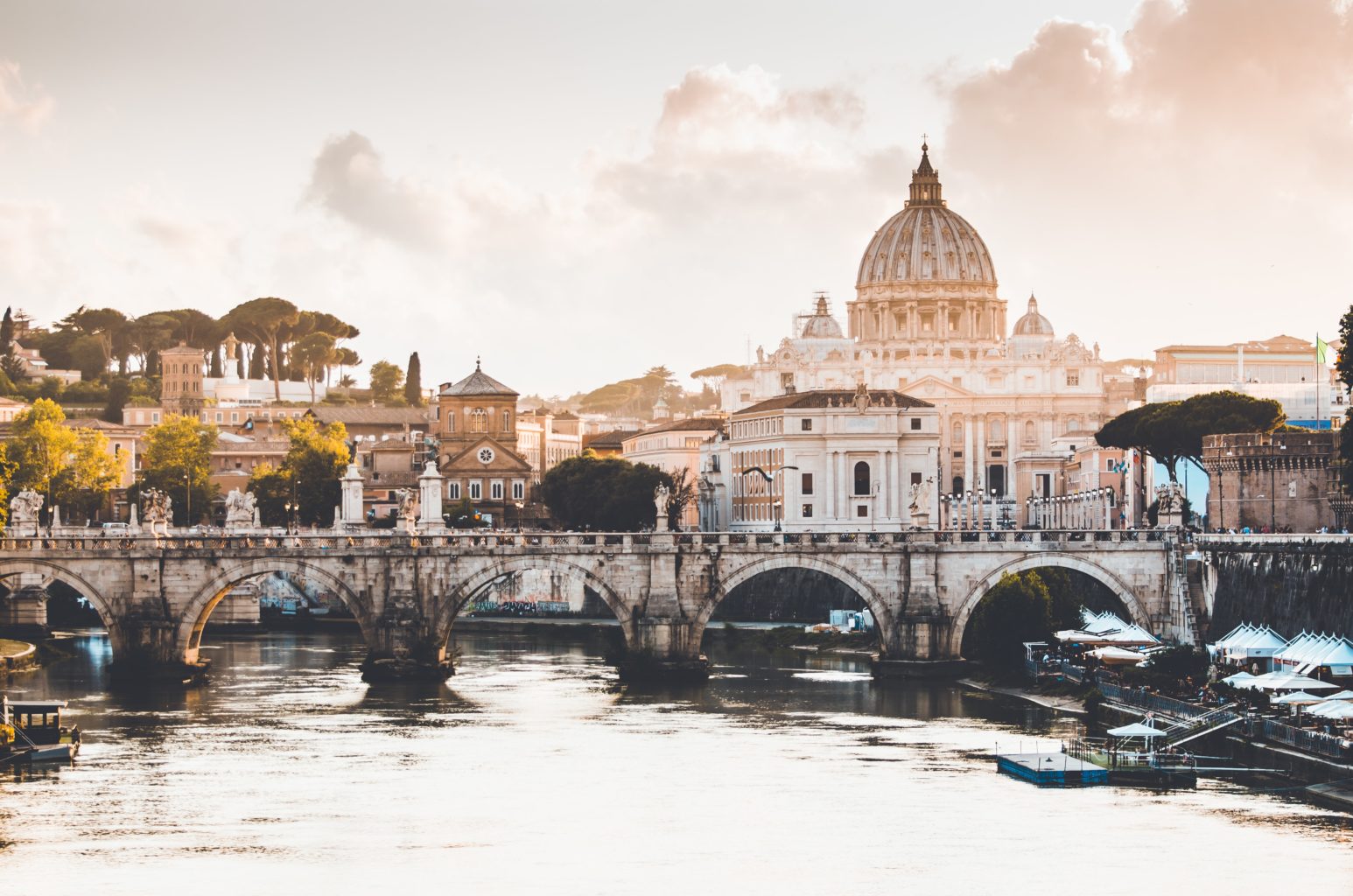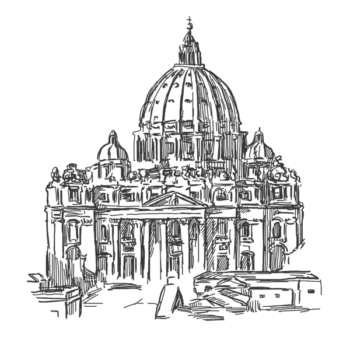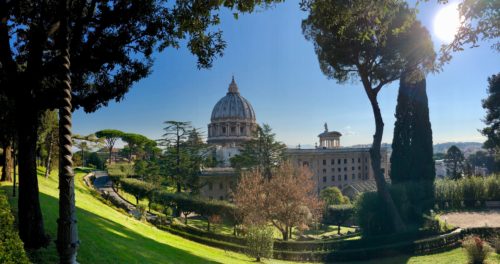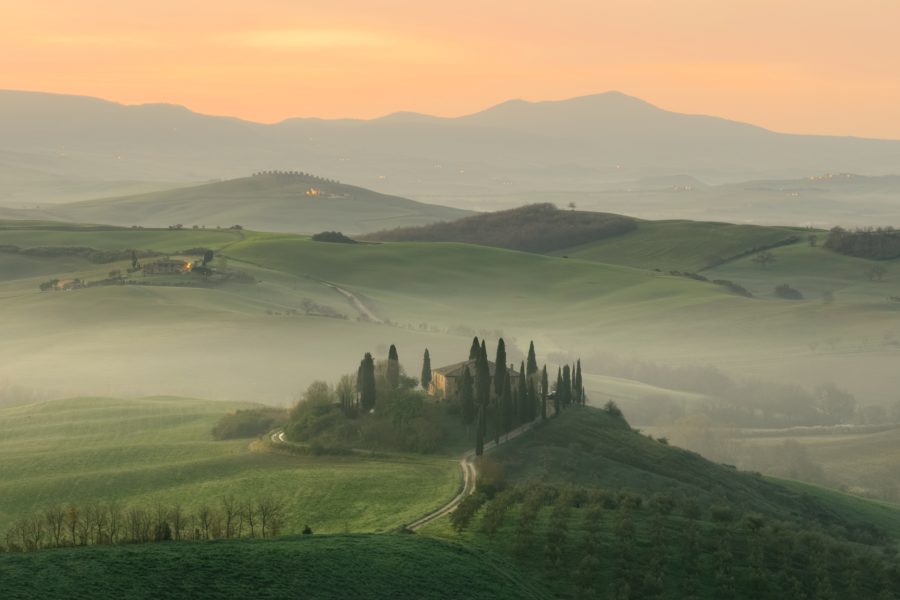
Vatican
Vatican
Science in the Vatican
Throughout history, science and the church have repeatedly come into conflict, yet the Vatican still has the Pontifical Academy of Sciences. The ‘Pontificia Academia Scientiarum’, which was founded in 1603 and re-established by Pope Pius XI in 1936.
The Academy is subordinate to the Pope and has the task of promoting the natural and mathematical sciences with a view to the development of mankind. Areas of specialisation include astronomy and biology, for example, but also statistics and the philosophy of science. The results of the academic meetings are communicated to the Pope so that he can incorporate them into his decisions.
The Academy comprises a maximum of 80 researchers, elected by the Academy members and appointed for life by the Pope. Among them are the late astrophysicist Stephen Hawking and the late chemist Otto Hahn. The Academy is located in the heart of the Vatican Gardens.
The Facts
| Population | 1,000 [1] |
Quellen:
-
↑
https://de.statista.com/statistik/daten/studie/253238/umfrage/vatikan-in-ausgewaehlten-kennzahlen/#:~:text=Der%20Staat%20der%20Vatikanstadt%20hat,gesch%C3%A4tzt%20auf%20rund%201.000%20Menschen.



